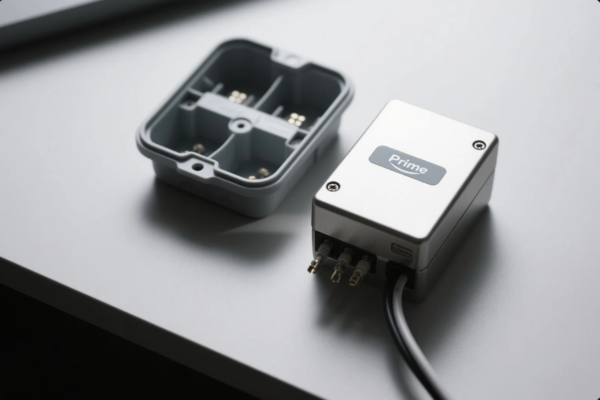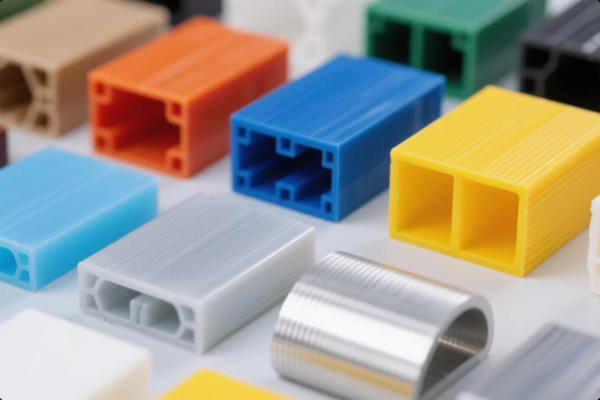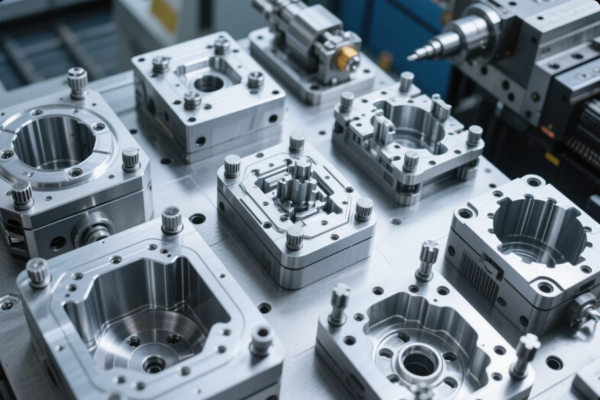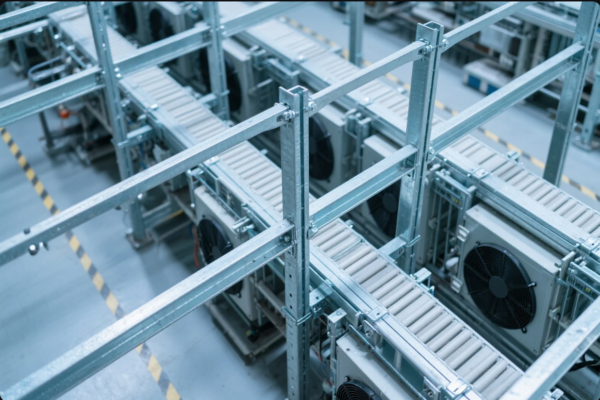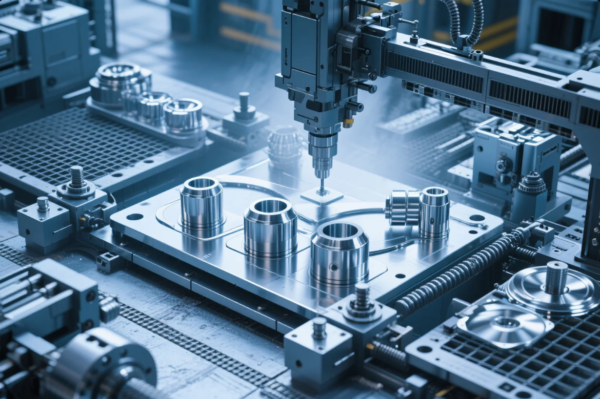What Are the 10 Advantages of Plastic?
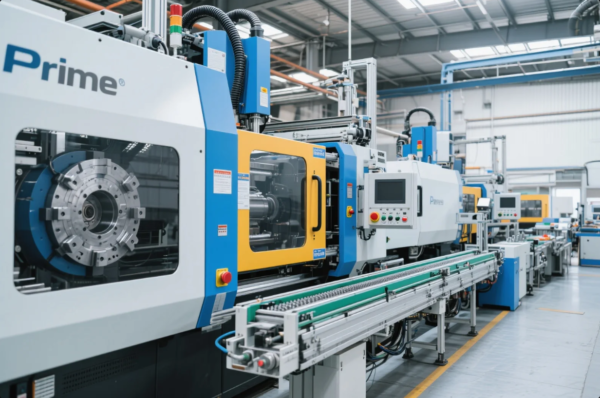
Plastic has become essential in manufacturing—but why do industries rely on it so heavily?
Plastic is durable, lightweight, versatile, and cost-effective. It resists corrosion, allows flexible design, and supports mass production.
Plastic supports multiple industries. But how exactly does it benefit your production process? Let’s dig into ten key advantages.
Table of Contents
- What Are Three Positives of Plastic?
- What Are 20 Uses of Plastic?
- What Are the 10 Disadvantages of Plastic for the Environment?
- What Are 10 Interesting Facts About Plastic?
- FAQs About Plastic Components
- Conclusion
- Contact Us
What Are Three Positives of Plastic?
Plastic offers critical advantages in production and logistics.
Plastic is strong yet lightweight, easy to mold into complex shapes, and highly resistant to moisture and chemicals.
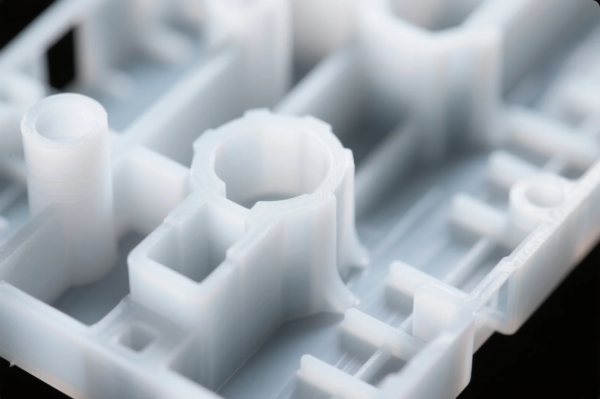
Strong but Light
Plastics combine strength with lightness. This reduces product weight without sacrificing durability. According to AZoM, plastic can achieve impressive strength-to-weight ratios, making it ideal for various industrial uses. The National Renewable Energy Laboratory also emphasizes its benefits in transportation.
Moldable and Flexible
Plastic can be shaped precisely using injection molding or custom molding techniques. Autodesk explains that moldability supports product innovation at scale.
Chemical and Moisture Resistance
Plastics resist rust and many chemicals, ideal for harsh environments. The Cole-Parmer chemical resistance guide highlights plastic durability in labs and factories. Plastics Today notes that additives can increase UV resistance.
What Are 20 Uses of Plastic?
Plastic parts serve many industries worldwide.
Plastic is used in packaging, automotive, electronics, healthcare, appliances, agriculture, and more.
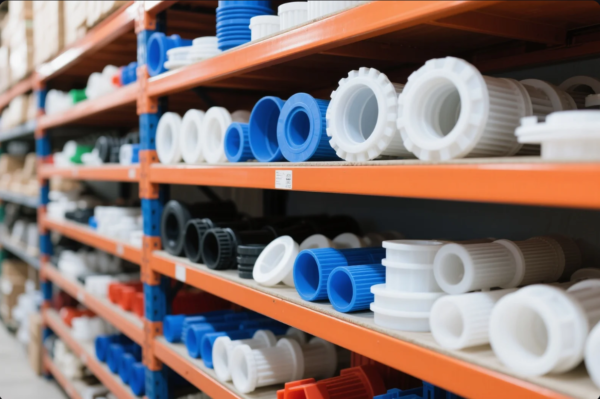
Common applications include automotive dashboards, medical syringes, food containers, insulation, and mobile phone casings. PlasticsEurope reports growing demand in electronics, construction, and agriculture.
In consumer goods, plastic helps cut costs and weight. IEEE Spectrum discusses plastic use in electronics housing and insulation.
What Are the 10 Disadvantages of Plastic for the Environment?
Plastic harms ecosystems severely.
Plastic waste pollutes oceans, harms wildlife, and takes centuries to decompose. Recycling is limited.
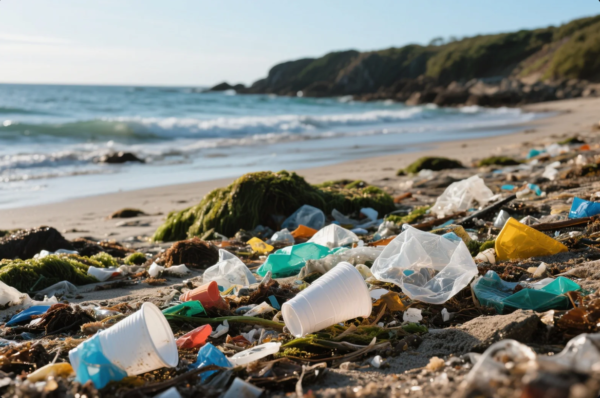
According to National Geographic, billions of plastic items end up in the ocean yearly. NOAA warns about widespread microplastic pollution.
Plastic waste contributes to blocked waterways, soil contamination, and air pollution during incineration. EPA, OECD, and FAO provide data on waste and recycling challenges.
What Are 10 Interesting Facts About Plastic?
Plastic history and impact hold surprises.
From aviation to oceans, plastic affects every corner of our lives.
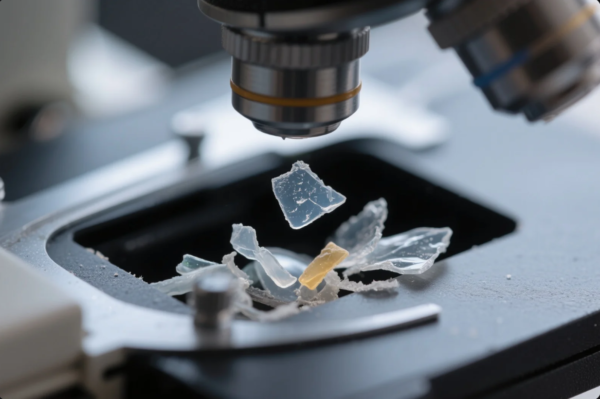
Did you know plastic was first invented in 1907? Earthday.org says we now produce over 400 million tons annually. The Ocean Cleanup studies the vast garbage patches in oceans. WHO found microplastics even in bottled water.
FAQs About Plastic Components
1. Are plastic parts durable for industrial use?
Yes. High-performance polymers like ABS, PC, and nylon endure wear and stress (Matmatch).
2. Can plastic parts be customized?
Yes. Injection molding enables custom shapes, colors, and logos.
3. Do plastics tolerate high heat?
Yes. PEEK and PTFE are heat-resistant up to 260°C.
4. Is recycled plastic environmentally friendly?
Yes. EPA notes it reduces demand for virgin materials.
5. How does Prime ensure quality?
We hold ISO certification, inspect every part, and guarantee careful packaging and fast delivery.
Conclusion
Plastic is practical and efficient—but it needs responsible use.
To get expert support on custom plastic parts, ISO-certified production, and fast delivery, contact Prime now.
Contact Us
Website: https://primecustomparts.com
Email: [email protected]

